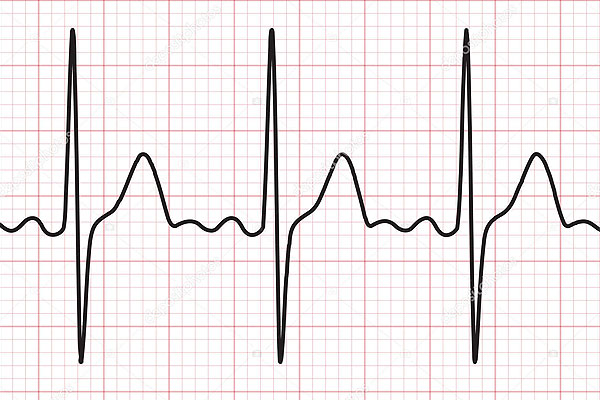Simply put, knowing what to do and then actually doing it increases the chances of surviving a travel-related heart attack or cardiac arrest incident.
It is no secret that heart disease is a problem worldwide. It's also no secret that heart disease kills. Travellers are especially prone to heart related problems while travelling, especially heart attack and sudden cardiac arrest. As such, anyone who travels extensively should make a point of taking heart disease seriously. It is nothing to mess around with.
Anyone with a known heart condition should consult with his or her doctor prior to travel. Any and all advice offered by the physician should be followed to the letter. Moreover, travellers should be aware of what they need to do in the event heart attack or cardiac arrest symptoms present themselves during travel.
Fortunately, studies show that proper intervention increases both short- and long-term survivability of travel-related cardiac events. Simply put, knowing what to do and then actually doing it increases the chances of surviving a travel-related heart attack or cardiac arrest incident.
Heart attack and cardiac arrest differences
It should be noted that heart attack and cardiac arrest are not the same things. A heart attack occurs when one of the heart's blood vessels is blocked. This prevents blood from flowing to the heart, which subsequently causes heart tissue to begin dying. Heart attacks can obviously be fatal rather quickly.
A cardiac arrest is an event in which the heart actually stops beating. It can occur as a result of a heart attack, but it can also occur separately. A cardiac arrest will kill in minutes if either CPR or an AED (automatic external defibrillator) is not deployed.
Important study data
Data from the World Heart Foundation shows that one-third of all deaths globally are related to cardiovascular disease. Approximately 10% of all adults between the ages of 30 and 70 die from cardiovascular disease, accounting for a large percentage of the nearly 18 million deaths attributed to heart problems.
With numbers so high, there is a very good chance you know at least one person with heart disease. You may have heart disease yourself. Either way, it is important that travellers take heart disease seriously.
Research from the European Society of Cardiology shows that a heart attack is the number one killer among travellers who die a natural death while travelling. Put another way, you are more likely to die of a heart attack while travelling than any other natural cause.
Learn to recognise the symptoms
The most important thing travellers can do in this regard is to learn the symptoms of a heart attack. Why? Because people are more likely to seek medical help when gradually occurring symptoms do not go unnoticed or ignored. The thing to understand is that time is of the essence. Waiting to seek medical help only increases the chances of heart attack and death.
Heart attack symptoms include chest pain that might extend to both arms, the neck, and back along with shortness of breath, light-headedness, nausea, fatigue, and a cold sweat. At the first sign of any such symptoms – especially pain that persists for more than 15 minutes – medical attention should be sought.
In addition to recognising the symptoms, the European Society of Cardiology researchers recommends travellers learn how to contact emergency services in their travel destinations. They should also identify nearby hospitals and medical clinics upon arrival.
Saving lives with first aid
Travellers and their companions can go one step further by learning basic first aid that includes CPR and an introduction to automated external defibrillators (AEDs). CPR is a first aid procedure that continues to force blood through a person's system even after the heart has stopped. An AED is a device that delivers a controlled electrical shock to the heart for the purposes of getting it beating again.
Initial responder defibrillation AED's are included equipment on most ambulances and fire trucks these days. More importantly, AED's are slowly but surely being installed in public places like train stations, stadiums, concert halls, and even schools.
The importance of CPR and AED devices cannot be overstated. Both have proved themselves as lifesavers over decades of study. The simple truth is that CPR and AED use among bystanders waiting for emergency medical services to arrive increases survival rates.
More about CPR and AED's
CPR does require some basic training before it can be used effectively. There are two types of CPR: standard and compression-only. Standard CPR involves both chest compressions and mouth-to-mouth resuscitation. Compression-only dispenses with the mouth-to-mouth. At any rate, CPR can be learned through a basic first aid course.
As for AEDs, they do not require any formal training to use. AEDs are designed to be used by anyone who can follow simple instructions. They only require that a bystander connect a few electrodes and turn the machine on. The AED handles everything else automatically.
Data tracking natural deaths while travelling is clear. As such, individuals with heart disease should take the risks of heart attack and cardiac arrest during travel seriously. They should learn to recognise the symptoms of a heart attack. They should familiarise themselves with local emergency services, hospital and clinic locations, etc. A little knowledge can save your life when travelling with a heart condition.


























































































































































































